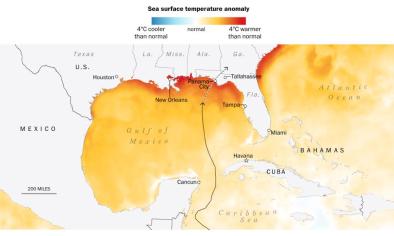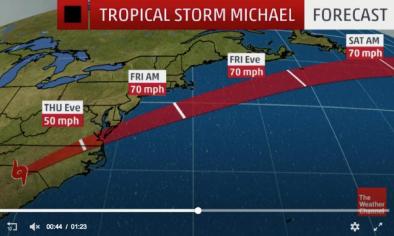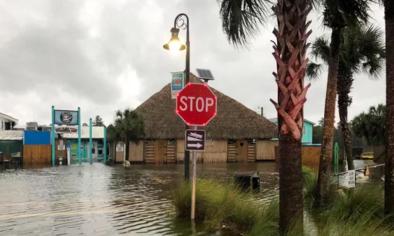Science Source
NCA 4: Climate Change Impacts in the United States (Volume I)
Below are selected highlights from Volume 1 of the 4th U.S. National Climate Assessment by the U.S. Global Change Research Program, published on November 3, 2017. For key excerpts, see here.
Report Highlights
- The report concludes “it is extremely likely that human influence has been the dominant cause of the observed warming since the mid-20th century.” [Executive Summary, p.12] The report further finds that greenhouse gas emissions, deforestation, and other human factors are likely responsible for all of the observed warming since 1951 and that these anthropogenic factors are likely countering and overcoming natural factors that would otherwise be cooling the climate.
- Deforestation and agriculture have contributed heavily to the warming observed to date.
- The fingerprints of climate change are now widespread, and climate change is amplifying weather disasters and wildfires.
- The language describing the impact of climate change on the intensity of hurricanes is now much clearer. Decreases in sulfate aerosols together with increases in GHG emissions are found to be likely contributing to the intensity of hurricanes, however the relative size of these contributions is still an active area of research and debate.
- The top-end of the “plausible” range for global sea level rise by 2100 has been lifted from 4 feet to 8 feet.
- The U.S. is particularly vulnerable to rates of sea level rise, ocean acidification, and ocean deoxygenation greater than global rates.
- A disturbing warming feedback loop has begun in the thawing of Alaskan permafrost.
- The burning of fossil fuels is having an “unprecedented” impact on the climate and there may be “surprises” with consequences much harsher than currently projected.
- Limiting global warming to twice the total of warming to date will require a sharp peak and sharp decline in total global carbon pollution before 2040 with pollution from the burning of fossil fuels eventually stopping entirely.
Related Content
Headline

Nov 6, 2018 | Thomson Reuters Foundation
For some in Florida Panhandle, voting takes back seat to hurricane hardships
Headline

Oct 11, 2018 | Washington Post
Tracking Hurricane Michael
Headline

Oct 11, 2018 | The Weather Channel
Tropical Storm Michael Spreads Flooding Rain, Wind Into Carolinas, East After Historic Category 4 Florida Panhandle Landfall
Headline

Oct 10, 2018 | USA TODAY
Hurricane Michael: New information on landfall, storm surge, more


